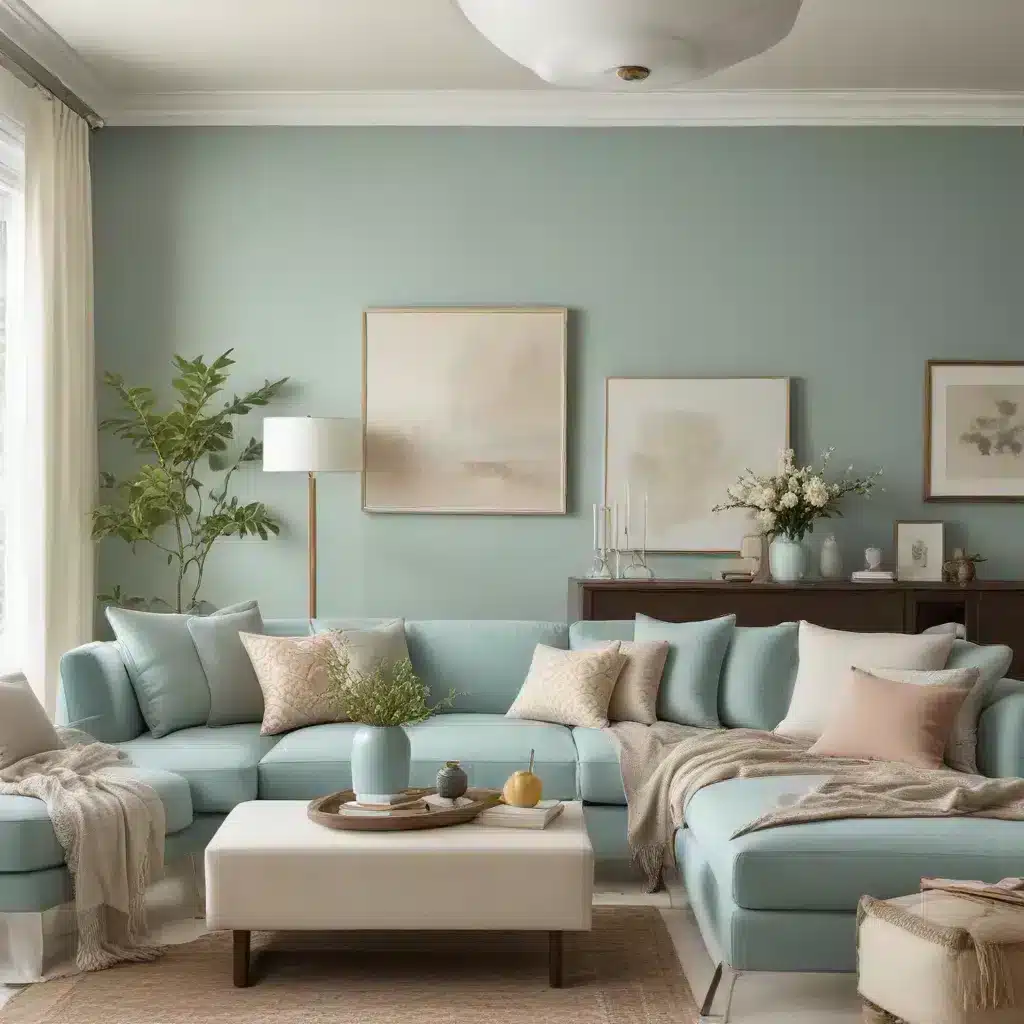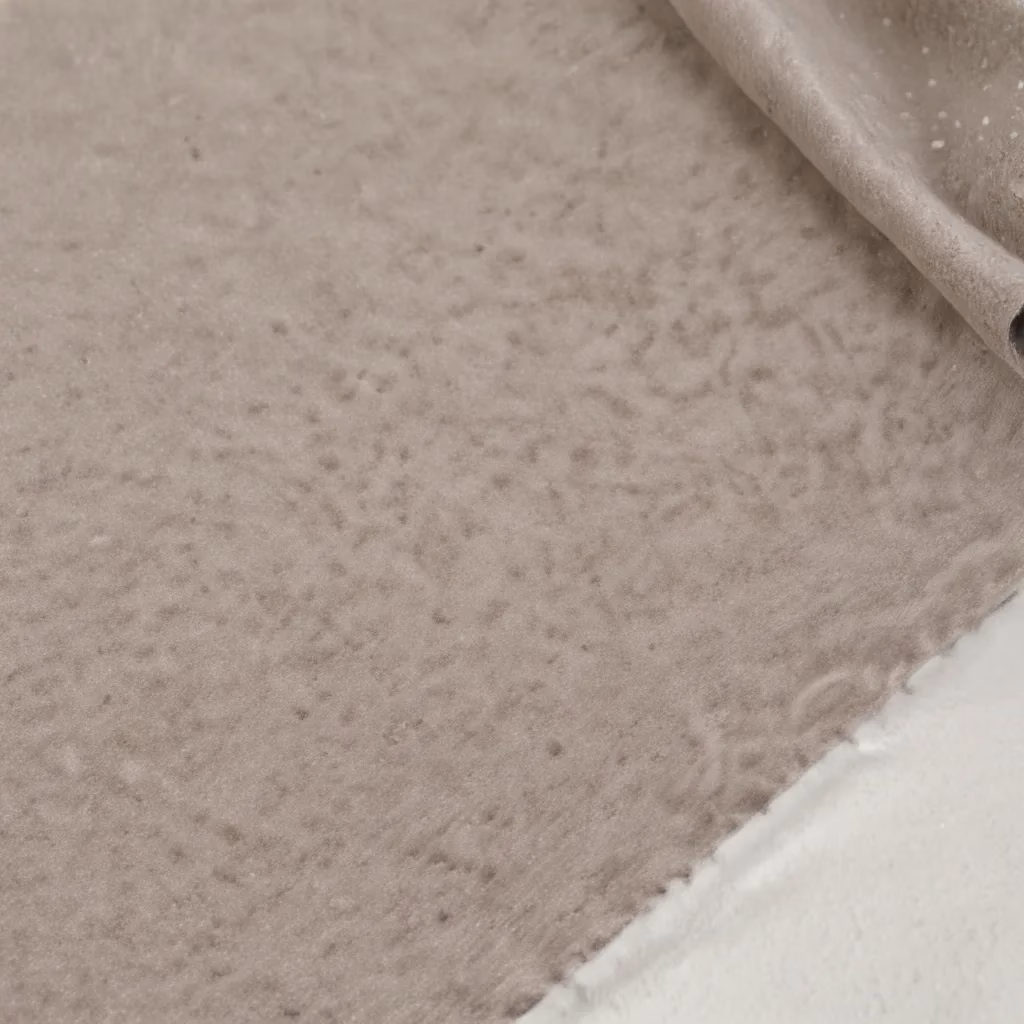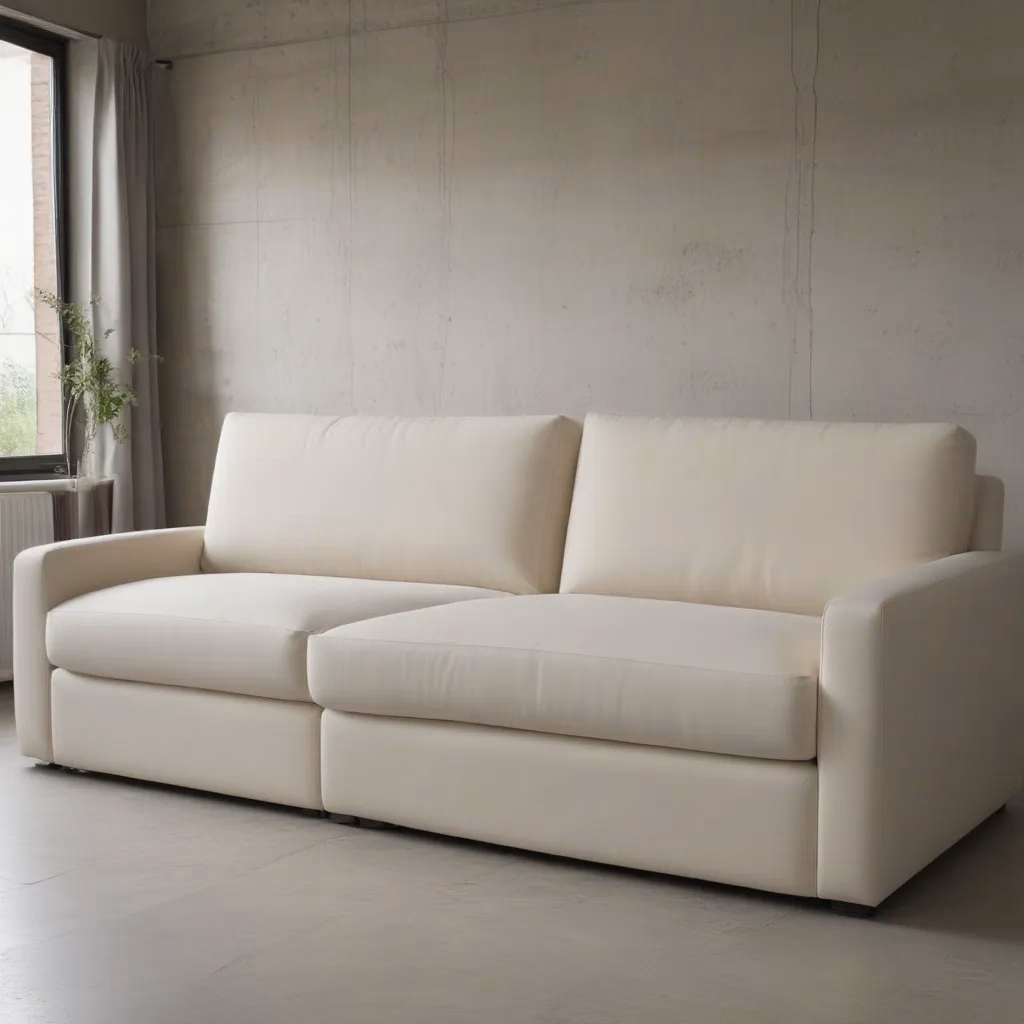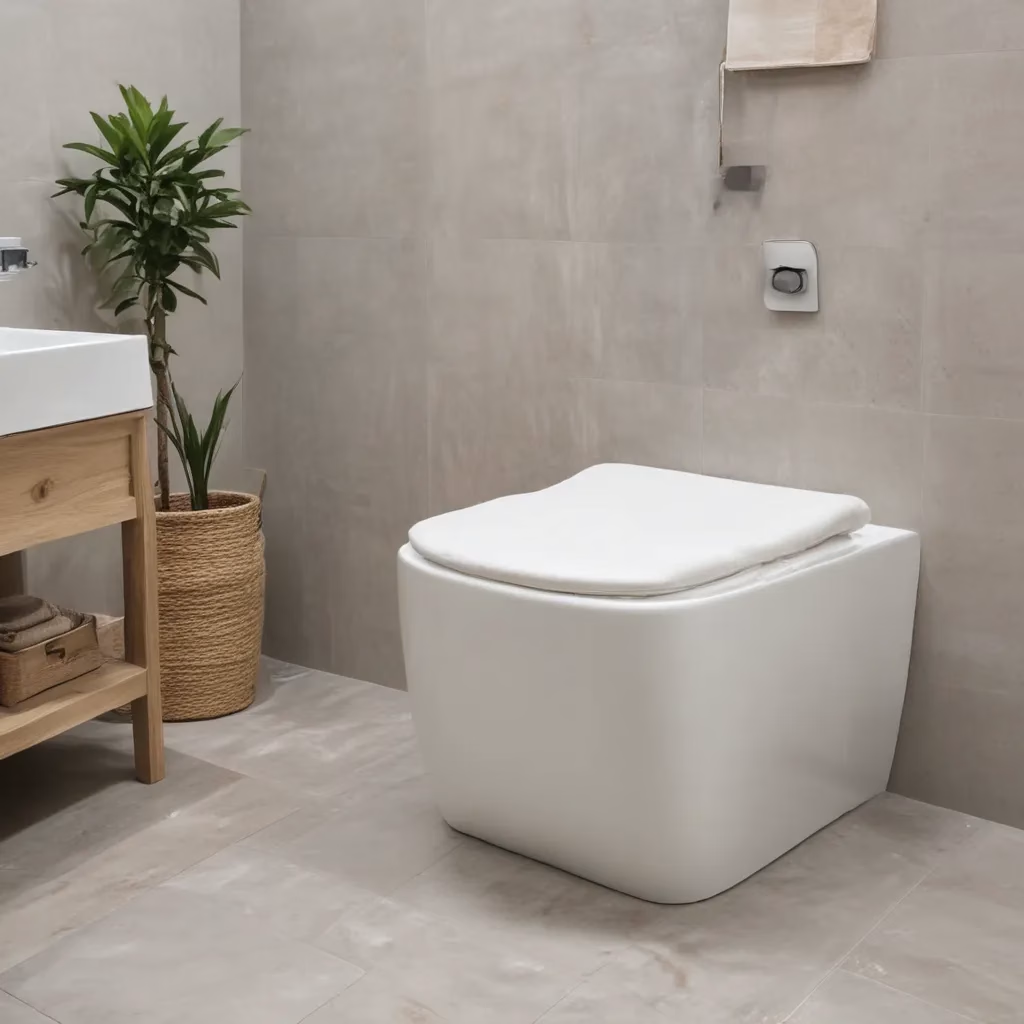
The Power of Color in Interior Design
Color plays a pivotal role in shaping the atmosphere of our homes. As a furniture specialist with years of experience, I’ve seen firsthand how the right color choices can transform a living space from mundane to magnificent. The colors we surround ourselves with influence our mood, energy levels, and even our perception of space.
When it comes to selecting colors for your living area, it’s not just about personal preference. There’s a science behind color harmony that, when understood and applied correctly, can elevate your interior design to new heights. I’ve worked with countless homeowners who were initially hesitant about moving beyond neutral tones, but once they embraced the potential of a well-crafted color palette, they were amazed by the results.
In my practice, I often start by discussing the emotional impact of different hues with my clients. Warm colors like reds and oranges can create a cozy, inviting atmosphere, perfect for social spaces like living rooms. On the other hand, cool blues and greens can promote relaxation, making them ideal for bedrooms or study areas. By understanding these basic principles, you can begin to craft a color story that resonates throughout your home.
Understanding Color Theory for Home Decor
Color theory might sound like a complex topic, but it’s actually quite accessible when you break it down. At its core, it’s about understanding how different colors interact with each other and with our perception. As someone who’s been in the furniture and design industry for years, I can tell you that a basic grasp of color theory can make a world of difference in your decorating decisions.
Let’s start with the color wheel. This tool is invaluable for creating harmonious color schemes. It’s divided into primary colors (red, blue, and yellow), secondary colors (green, orange, and purple), and tertiary colors (those in between). When you’re choosing colors for your living space, consider how they relate on this wheel.
Complementary colors, which sit opposite each other on the wheel, create a vibrant, high-contrast look. For example, blue and orange or purple and yellow. I once worked with a client who was hesitant about using complementary colors in their living room. We started small, with blue throw pillows on an orange armchair. The result was so striking that they ended up incorporating this color scheme throughout the space, creating a lively and energetic atmosphere that they absolutely loved.
Analogous colors, which are next to each other on the wheel, offer a more subtle, harmonious feel. Think of a palette of blues and greens, or reds and oranges. These schemes can create a sense of cohesion and flow in your space. In my experience, analogous color schemes work particularly well in open-plan living areas, where you want a smooth transition between different functional zones.
Selecting a Base Color for Your Space
Choosing a base color is often the most challenging part of creating a color scheme for your home. It’s the foundation upon which everything else will be built, so it’s crucial to get it right. In my years of working with furniture and interiors, I’ve developed a few strategies to help make this decision easier.
First, consider the function of the room. Is it a space for relaxation, like a bedroom or living room? Or is it a high-energy area like a kitchen or home office? The purpose of the room can guide your color choices. For relaxation spaces, I often recommend cooler hues like soft blues or greens. For energetic areas, warmer tones like yellows or light oranges can work well.
Next, think about the natural light in the room. Rooms with plenty of natural light can handle darker or more saturated colors, while rooms with less light might benefit from lighter, brighter hues. I remember working on a project where the homeowner wanted to use a deep, rich blue in their north-facing living room. We tested several samples and found that in the low light, the color looked almost black. We ended up choosing a lighter, more vibrant blue that brought life to the space without overwhelming it.
Don’t forget to consider the existing elements in the room. If you have wooden furniture or flooring, think about whether you want to complement or contrast with those tones. I often advise clients to bring fabric swatches or paint chips home and view them in different lights and against existing furnishings before making a final decision.
Creating a Cohesive Color Scheme
Once you’ve settled on a base color, the next step is to build a cohesive color scheme around it. This is where your understanding of color theory really comes into play. In my experience, a well-planned color scheme can tie a room together and create a sense of harmony that’s both visually pleasing and psychologically comforting.
One approach I often recommend is the 60-30-10 rule. This guideline suggests using your dominant color (often the base color) for about 60% of the room, a secondary color for 30%, and an accent color for the remaining 10%. This balance creates visual interest without overwhelming the space. For example, if you’ve chosen a soft gray as your base color, you might use it on the walls and larger furniture pieces. A secondary color, like a muted blue, could be incorporated through curtains or an area rug. Finally, add pops of a bolder accent color, such as yellow, in smaller decorative items like throw pillows or artwork.
Another technique I’ve found effective is using different shades and tones of the same color. This monochromatic approach can create a sophisticated, cohesive look. I once worked with a client who was in love with the color green but was worried about it being too overwhelming. We solved this by using a pale sage on the walls, deeper forest green for the sofa, and bright emerald accents in the décor. The result was a room that felt both cohesive and dynamic.
Don’t be afraid to experiment with contrast, either. While complementary colors can be tricky to use in large doses, they can create stunning focal points when used judiciously. A navy blue sofa with orange throw pillows, for instance, can be a real showstopper in a neutral room.
Incorporating Accent Colors and Textures
Accent colors are the secret weapon of interior design. They’re the pops of color that catch the eye and add depth to your color scheme. In my years of working with furniture and interiors, I’ve found that well-chosen accents can completely transform a space.
When selecting accent colors, consider colors that contrast with your base color but still harmonize with the overall scheme. If you’ve chosen a cool color palette, a warm accent can add balance. For example, in a room with predominantly blue tones, a touch of coral or terracotta can add warmth and interest. I once worked on a project where we used copper accents in a predominantly blue and gray room. The result was stunning – the warm metallic tones brought the cool colors to life.
Textures also play a crucial role in your color scheme. Different textures can make colors appear deeper or lighter, adding another layer of visual interest to your space. In my experience, mixing textures is just as important as mixing colors. A smooth leather sofa, a nubby wool throw, and a sleek metal coffee table can create a rich, layered look even within a limited color palette.
Don’t forget about patterns when incorporating accents. A patterned throw pillow or area rug can tie together multiple colors in your scheme and add visual interest. I always advise clients to vary the scale of patterns – mix large, bold prints with smaller, more intricate ones for a balanced look.
Remember, accent pieces are easily changeable. This makes them perfect for experimenting with color trends or seasonal changes. Swapping out throw pillows or artwork is a cost-effective way to refresh your color scheme without a major overhaul.
Balancing Light and Color in Your Living Space
The interplay between light and color is one of the most fascinating aspects of interior design. As someone who’s spent years working with furniture and room layouts, I can attest to the dramatic impact that lighting can have on your chosen color scheme.
Natural light changes throughout the day, affecting how colors appear in your space. A color that looks perfect in the morning light might seem entirely different by evening. This is why I always recommend testing paint colors and fabric swatches at different times of day before making a final decision. I recall a project where the client fell in love with a particular shade of green for their living room walls. However, when we tested it, we found that the color looked muddy and dull in the evening light. We ended up choosing a slightly brighter shade that maintained its vibrancy throughout the day.
Artificial lighting also plays a crucial role in how colors are perceived. Different types of bulbs can dramatically alter the appearance of your chosen hues. Warm white bulbs tend to enhance warm colors and mute cool ones, while cool white bulbs have the opposite effect. In my experience, LED bulbs that can be adjusted for color temperature are a game-changer for interior lighting. They allow you to fine-tune the ambiance of your space and see your color scheme in its best light, quite literally.
Consider the direction your room faces when selecting colors. North-facing rooms tend to receive cooler, bluer light, which can make colors appear more muted. In these spaces, I often recommend warmer or brighter hues to counteract this effect. South-facing rooms, on the other hand, receive warm, yellow light that can intensify colors. Here, you might opt for cooler tones to balance this warmth.
Adapting Color Schemes to Different Room Types
Every room in your home serves a different purpose, and your color choices should reflect this. Over the years, I’ve developed strategies for adapting color schemes to various room types, ensuring that each space not only looks beautiful but also functions effectively.
In living rooms, which are often the heart of the home, I typically recommend a balanced color scheme that promotes both relaxation and social interaction. Neutral base colors like warm grays or soft beiges can create a versatile backdrop, allowing you to add personality through accent colors. I once worked with a family who wanted their living room to feel both sophisticated and welcoming. We chose a warm gray for the walls and sofa, then added depth with navy blue accent chairs and pops of mustard yellow in the accessories. The result was a space that felt cozy for family movie nights but could also host elegant dinner parties.
Bedrooms call for more soothing color palettes. Cool blues, soft greens, and lavender can promote relaxation and better sleep. However, don’t be afraid to incorporate deeper, richer colors if that’s your preference. I’ve designed stunning bedrooms using dark, moody colors like charcoal or deep teal, balanced with lighter bedding and accessories to prevent the space from feeling too heavy.
Kitchens benefit from energizing colors that stimulate appetite and conversation. While white kitchens remain popular, I’ve seen a trend towards bolder choices in recent years. One of my favorite projects involved a kitchen with deep green cabinets, brass hardware, and warm wood accents. The combination was striking yet timeless.
For home offices, consider colors that promote focus and creativity. Soft blues and greens can have a calming effect, while pops of energizing colors like yellow or orange can stimulate creativity. In one project, we painted an accent wall in a vibrant teal, which became a perfect backdrop for video calls while also inspiring the client during their workday.
Bathrooms offer an opportunity to experiment with color in a smaller space. Here, you can be bolder with your choices without overwhelming your entire home. I’ve designed bathrooms in rich jewel tones, soothing spa-like neutrals, and even playful patterns. The key is to consider the mood you want to create – energizing for a morning routine or relaxing for an evening soak.
Remember, while these are general guidelines, the most important factor is your personal preference. Your home should reflect your unique style and personality, regardless of traditional color ‘rules’.
Practical Tips for Implementing Your Color Scheme
Implementing a new color scheme can feel daunting, but with the right approach, it can be an exciting process of transformation. Over my years in the furniture and design industry, I’ve developed some practical strategies to help homeowners bring their color visions to life.
Start small and build gradually. If you’re nervous about committing to a new color scheme, begin with easily changeable elements like throw pillows, curtains, or area rugs. This allows you to experiment with color combinations without a major investment. I often advise clients to live with these smaller changes for a while before making bigger commitments like painting walls or buying new furniture.
Use the power of paint strategically. Painting is one of the most cost-effective ways to dramatically change the look of a room. However, you don’t have to paint every wall to make an impact. Consider an accent wall to introduce a bolder color without overwhelming the space. I once worked on a project where we painted a single wall in a deep, rich blue in an otherwise neutral living room. It became a stunning focal point that transformed the entire space.
Don’t forget about white space. In color theory, white space doesn’t necessarily mean white – it refers to areas of ‘rest’ for the eye. Incorporating some neutral or less saturated areas in your color scheme can actually make your chosen colors pop more. This could be through light-colored furniture, bare walls, or even strategically placed mirrors that reflect light and color.
Consider the flow between rooms. While each room can have its own distinct palette, there should be some element of cohesion as you move through your home. This could be achieved through a common neutral tone used throughout, or by using varying shades of a particular color family. In open-plan spaces, this becomes even more crucial. I often use area rugs or artwork to subtly tie together different functional areas while maintaining distinct zones.
Test before you commit. Always test paint colors and fabric swatches in your space before making final decisions. The lighting in a store or on a computer screen can be vastly different from the lighting in your home. I recommend painting large swatches on your walls and living with them for a few days, observing how they look at different times of day and under various lighting conditions.
Don’t neglect your ceiling. While often overlooked, the ceiling can play a significant role in your color scheme. A white ceiling is a safe choice, but consider how a pale blue or soft gray could enhance your overall palette. In rooms with high ceilings, a darker ceiling color can create a cozy, intimate feel.
Remember, accessories are your friends. Items like throw pillows, artwork, and even books can be used to introduce or tie together colors in your scheme. These elements are also easy to change seasonally or as your tastes evolve.
Lastly, trust your instincts. While color theory and design principles are valuable guides, your home should ultimately reflect your personal style and what makes you feel comfortable. If a color combination speaks to you, even if it breaks the ‘rules’, go for it. Some of the most memorable interiors I’ve created have been those that pushed the boundaries of conventional color wisdom.
Implementing a new color scheme is a journey of discovery about your space and your personal style. Embrace the process, be patient, and don’t be afraid to adjust as you go along. The end result will be a home that not only looks beautiful but feels uniquely yours.
For more inspiration and expert advice on creating the perfect living space, visit Sofa Spectacular. Our team of specialists is always ready to help you find the perfect pieces to bring your color vision to life.



